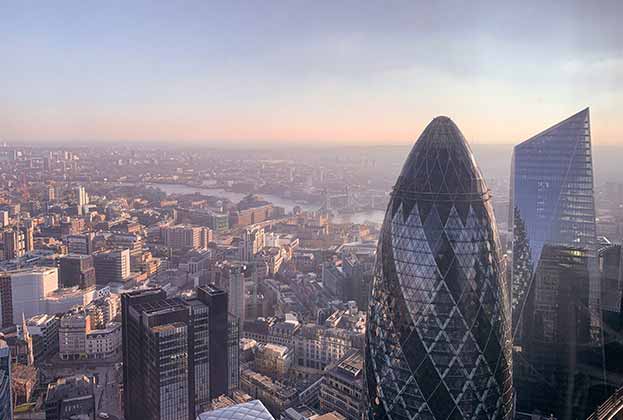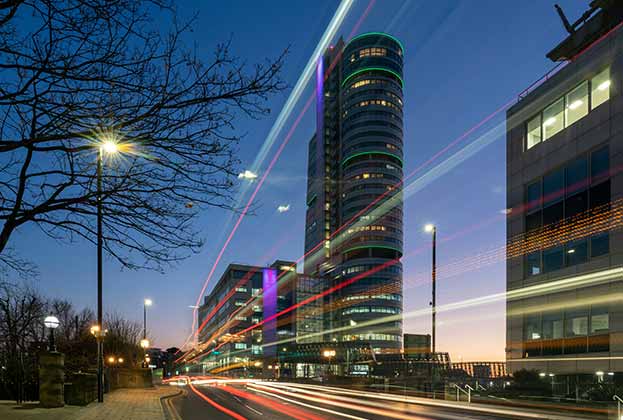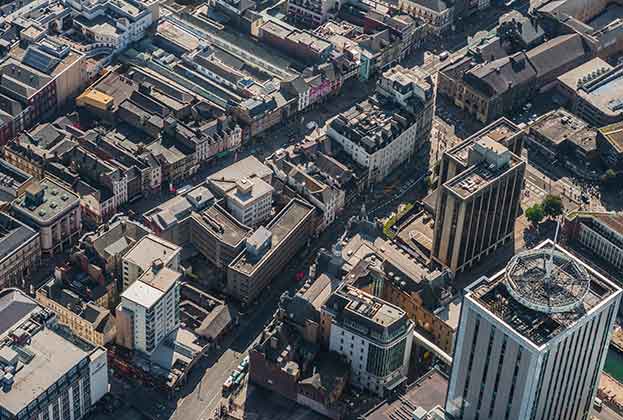A strong year in office leasing has meant that average European lease incentives in prime CBD locations have stabilised.
During 2022, average European office vacancy rates increased by 50 basis points (bps) from 7.5 per cent to 8 per cent. Despite this, the year was characterised by strong leasing activity with an increase in take up of 14 per cent year on year (yoy), taking the total to 2 per cent above the pre-pandemic average. Most of the increase in vacancy is therefore reflected in an increase in available secondary office stock and assets located in non-Central Business District (CBD) locations.
The occupier shift that we are observing towards prime CBD stock has meant that lease incentives remained stable throughout the year. The average rent-free period currently sits at 10.3 per cent of total lease value, a level higher than the 2019 pre-pandemic average of 7 per cent.
Lease incentives fell in markets with low vacancy rates and a shortage of in-demand best-in-class prime assets. Low vacancy rates in Munich and Paris CBD, among the lowest in Europe, reduced lease incentives between Q1 2022 and Q4 2022. They also declined in both London West End and London City, where the leasing of secondary stock with low EPC ratings is increasingly restricted by corporate ESG strategies as the UK’s 2030 EPC B regulation approaches.
Standing out from the European trend, lease incentives increased in some markets. In Berlin, the average rent-free period increased from 0.6 per cent to 4.5 per cent of total lease value as a result of an active pipeline in 2023/24. Paris La Défense is another outlier where they moved out from 30 per cent to 35 per cent of total lease value. This reflects the shift to more mixed use, well-connected areas such as Paris CBD, demonstrated recently by EY making the move.
So what can occupiers expect from lease incentives in the future?
Occupiers have to make their decisions while faced with constrained capital allocation and uncertain space requirements, increasing regulations around ESG, and still needing high quality space to retain talent.
According to Savills latest prime office costs survey, European fit-out costs have increased by an average of 14 per cent over the last year due to increasing material and labour costs. As a result, the level of fit-out contribution from landlords is rising in Prague, for example, although local market practices vary depending on whether the fit-out is usually paid for by tenant or landlord. Looking ahead, as availability of prime space depletes, we may begin to see incentives withdrawn further, so occupiers with lease expiries in 2025/26 will benefit from starting their search for new space early.
Further information
Contact Georgia Ferris

-impact-the-office-sector(1).jpg)

.jpg)






